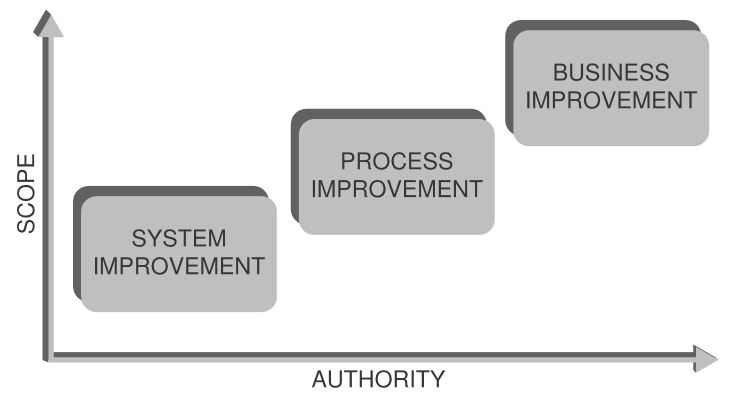The Business Analysis Maturity Model (BAMM)

by Etienne Pretorius
The Business Analysis Maturity Model (BAMM) is a tool for evaluating and improving the practice of business analysis within organizations. It provides a roadmap for organizations to develop their business analysis capabilities, leading to better alignment of business and IT initiatives, improved project outcomes, and increased overall effectiveness.

BAMM is based on the Capability Maturity Model Integration (CMMI) framework, which provides a structured approach to process improvement. BAMM defines five maturity levels, ranging from initial (level 1) to optimizing (level 5), and assesses an organization’s business analysis capabilities against each of these levels.

The five maturity levels are:
- Initial (Level 1)
- Managed (Level 2)
- Defined (Level 3)
- Quantitatively Managed (Level 4)
- Optimizing (Level 5)
A consultant would use the BAMM to help organizations assess their current business analysis capabilities and identify areas for improvement. The model provides a common language for discussing business analysis practices and a structured approach for identifying areas for improvement. By using the BAMM, a consultant can work with organizations to establish a roadmap for developing their business analysis capabilities, leading to improved project outcomes, increased efficiency, and better alignment of business and IT initiatives.
Case Study: A consultant was engaged by a large financial services company to assess their business analysis capabilities and develop a roadmap for improvement. Through the use of the BAMM, the consultant was able to assess the company’s business analysis practices against the five maturity levels, identify areas for improvement, and develop a roadmap for increasing the company’s overall business analysis capabilities. The company was able to improve their business analysis practices, leading to increased efficiency and improved project outcomes.
Advantages of the BAMM:
- Provides a common language for discussing business analysis practices.
- Helps organizations assess their current business analysis capabilities.
- Identifies areas for improvement.
- Provides a structured approach for developing business analysis capabilities.
- Improves project outcomes.
- Increases overall efficiency.
- Better alignment of business and IT initiatives.
Drawbacks of the BAMM:
- Time-consuming to implement.
- Requires a significant investment in resources.
- May not be relevant for all organizations.
- Can be difficult to measure progress.
- May not be well understood by all stakeholders.
In conclusion, the Business Analysis Maturity Model is a useful tool for organizations looking to improve their business analysis capabilities. It provides a common language for discussing business analysis practices, a structured approach for identifying areas for improvement, and a roadmap for developing business analysis capabilities. While there are some drawbacks to the model, it provides significant benefits for organizations that are committed to improving their business analysis practices.
ChatGPT Jan 30 Version
